I have an xts series that I'm trying to plot. This series contains of intra-day date for a month with gaps in the data on the weekend. I use xyplot (lattice) in R to plot the time series and am very pleased with the results.
Unfortunately the plots keep the weekend gaps. I'd like to ignore the weekend gaps and make my timeseries plot continuous and would appreciate if someone pointed me in the right direction.
The current command is :
xyplot(close~MyTime, type='l', col='black',ylab='',xlab='', main='Test')

I tried JohnPaul's method and it 'nearly' works. The labels while present, don't render correctly. The last label only goes up to the 3rd of January, while the actual data extends all the way up to February. The command used was:
PlotOrd<-order(Mytime)
xyplot(close~PlotOrd, type='l', col='black',ylab='',xlab='', main='Close',scales=list( x=list( labels=MyTime)) )
